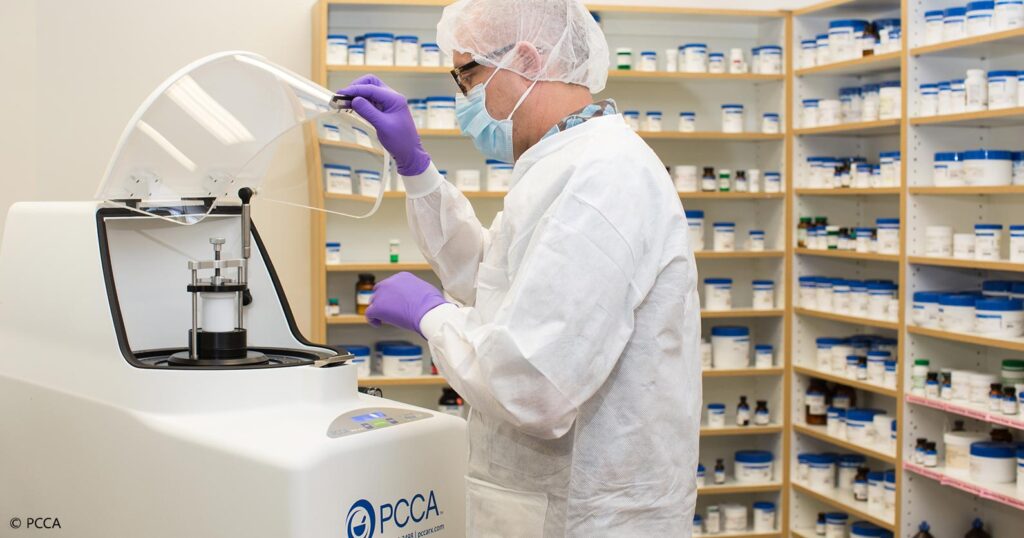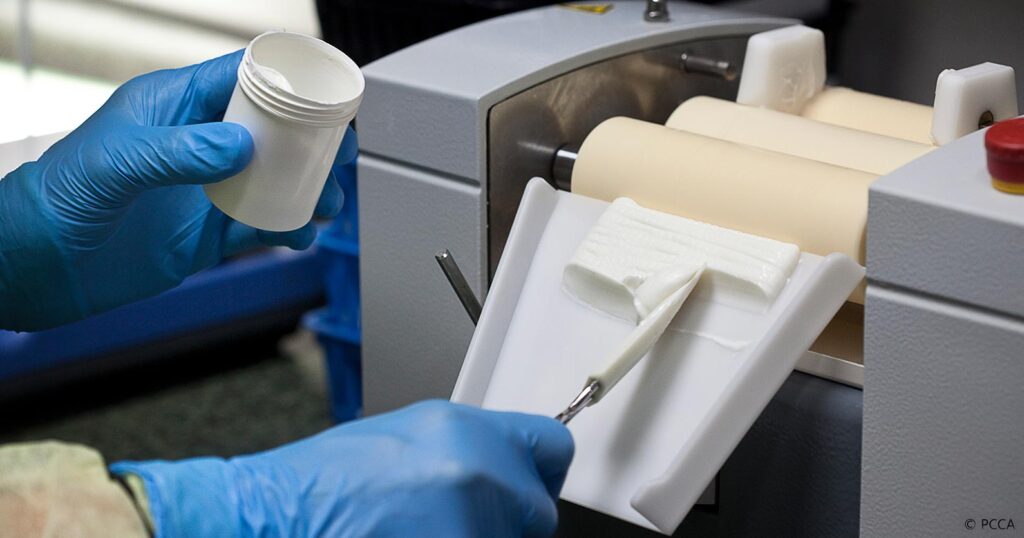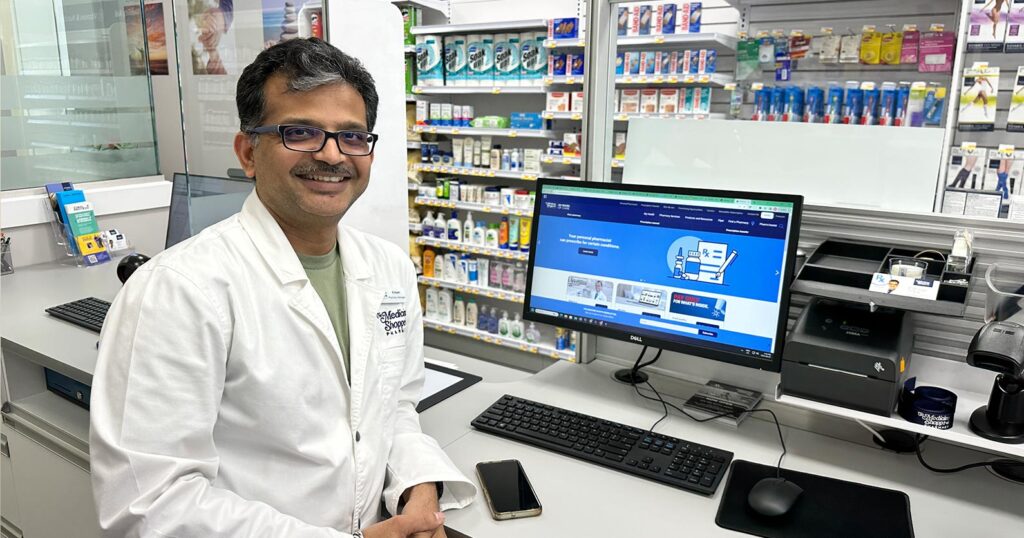Embark on an intriguing journey into the world of drug compounding, an ingenious blend of art and science that tailors medications to your unique needs. Imagine a healthcare landscape where medications are not just standard issue but crafted meticulously to suit your individual requirements. This is not a one-size-fits-all scenario; it’s a bespoke service, tweaking doses, altering forms, or eliminating allergens, ensuring that your medicine fits you like a glove.
The role of drug compounding in healthcare is nothing short of revolutionary. It bridges a critical gap, especially for those whose needs are left unmet by generic medications. If you’ve ever found yourself grappling with a drug that doesn’t quite tick your boxes, or if you’re a healthcare professional seeking bespoke solutions, delving into the world of drug compounding can unveil a realm of possibilities. It’s all about ensuring each person receives the care that resonates with their unique situation.

The Basics of Drug Compounding
Picture a pharmacy where pharmacists don’t just dispense drugs but create them, tailoring each one to individual patient needs. This is the essence of compounding medications. It’s a meticulous process of mixing, altering, or combining ingredients to craft medications that defy the constraints of commercial availability.
Compounding’s superpower lies in its capacity to personalize medications. Imagine converting a hard-to-swallow pill into a pleasant liquid, or crafting a drug devoid of an allergen that bothers you. This customization is the keystone of effective treatment, ensuring each patient gets precisely what their health demands.
Pharmacists in this field are akin to precise chemists, combining multiple drugs into a single, convenient dosage form for specific therapeutic purposes. This can dramatically simplify the medication regimens for patients juggling multiple drugs daily, enhancing adherence and ease of managing health conditions.
Precision and accuracy are the heartbeats of compounding. Pharmacists, trained extensively in these skills, follow stringent guidelines to ensure each compounded medication is safe, effective, and consistent, showcasing the gravity of their responsibility for patient health.

Unveiling the Benefits of Drug Compounding
Enhanced patient compliance emerges as a significant benefit of this process. Customized dosages and forms mean a higher likelihood of patients sticking to their medication schedules. Imagine a medicine, available only in pill form, transformed into a flavored liquid for someone who struggles with swallowing pills. This flexibility can dramatically improve health outcomes.
The value of compounding is especially pronounced in making medication administration easier for children and the elderly, often challenged by taste or physical limitations. Transforming a pill into a syrup or a gel can make all the difference in consistent and correct medication intake.

Patient-Centric Approach in Compounding
The essence of effective healthcare lies in the partnership between patient and provider, a collaboration crucial in the world of compounding. This relationship revolves around open communication about specific needs and how compounding can fulfill them. Healthcare providers often use real-life success stories to demonstrate the impact of personalized medications, helping patients visualize the potential benefits in their own treatments.
This teamwork approach guarantees care that is not only effective but also satisfying, ensuring the unique needs of each individual are met and their overall well-being enhanced.

The Role of Healthcare Professionals in Compounding
Healthcare providers play a pivotal role, focusing on the safety and efficacy of compounded medications tailored to individual health requirements. This involves a collaborative effort with compounding pharmacists, combining medical insight with pharmaceutical expertise to devise the best medication plan.
Patient safety and efficacy are paramount. Compounded medications, being custom-made, require precise preparation and continuous evaluation. Healthcare providers and pharmacists adhere to strict guidelines and standards, ensuring the quality and safety of these medications.

Regulatory Framework and Challenges
Understanding the regulatory landscape, such as Health Canada’s guidelines, is critical for both healthcare providers and patients. These regulations ensure the safety, quality, and efficacy of compounded medications, setting standards for ingredient sources, preparation methods, labeling, and storage.
Choosing a reputable compounding pharmacy is crucial. Not all pharmacies have the same level of expertise or adhere to the same standards. Research and consultations with healthcare providers are key in selecting a pharmacy that meets Canadian standards.
While compounding offers numerous benefits, it’s not without risks, like incorrect dosages or contamination. Balancing customization with safety is a delicate yet crucial aspect of drug compounding. It’s important for patients to be proactive, asking questions and ensuring they understand their treatment.
Cost concerns and insurance coverage also play a significant role. Some compounded medications may be more expensive, and insurance coverage varies. It’s essential to discuss these aspects with healthcare providers or pharmacists to find a solution that aligns with both health needs and financial considerations.

In Conclusion
Drug compounding opens a door to a world where medication is not just a standard product but a personalized solution. It’s especially beneficial for those whose needs are not met by off-the-shelf medications. For patients and healthcare professionals alike, exploring the possibilities of compounding can lead to more personalized, effective, and satisfying healthcare experiences. If you’re navigating medication challenges, remember that compounding could be the key to a solution that perfectly aligns with your life.


